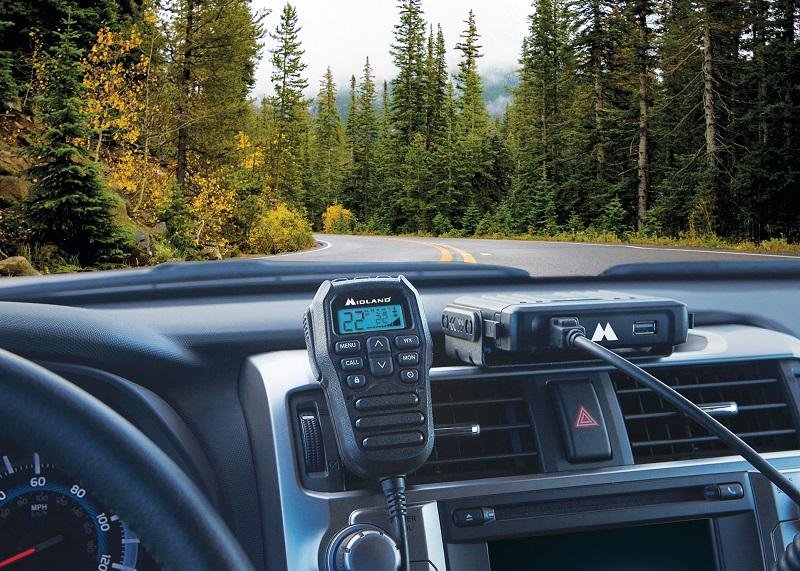Why GMRS for Two-Way Radio Communication?

Table of Contents
Understanding GMRS Radio Service: Power Levels and Frequencies
GMRS, or the General Mobile Radio Service, is a mobile UHF two-way communication service in the United States for private use by a licensed user and their extended family. This service can also be used by the unlicensed public but only during emergencies and natural disasters.
For the purposes of this article, we will discuss one other radio band, FRS (Family Radio Service), as it relates to GMRS walkie talkie radio frequencies and radio programming. These two radio services use the same frequencies and are able to communicate with one another. For more information on what radio fits best for your needs, check out our buying guide blog.
GMRS POWER
The FCC allows for GMRS radios to have significant power increases from FRS radios (which are limited to .5W on channels 8-14, and 2W on channels 1-7 & 15-22). This power increase can be utilized fully on channels 15 – 22 where GMRS power is allowed up to 50W (for mobile units, handhelds limited to 5W). GMRS radios are able to communicate with FRS radios on these shared frequencies, as long as they adhere to the FCC power restrictions per channel.
Since September of 2017, FRS and GMRS radios are free to use all channels or frequencies (these words are commonly used interchangeably) available in the range of 462MHz to 467MHz, with some limitations. As you see in the chart above, the FCC limits the amount of transmitting power allowed on specific frequencies, with the most notable highlights below:
467 MHz Interstitial Channels (Channels 8-14)
- Previously FRS only channel, now open to GMRS users
- Power limitation of .5W for either FRS or GMRS – most radios are programmed to only transmit in "low" power mode
462 MHz Interstitial Channels (Channels 1-7)
- GMRS power limited to 5W
- FRS power limited to 2W
462 MHz Main Channels (Channels 15-22)
- Previously GMRS channels, now open to FRS users
- FRS power limited to 2W
- GMRS mobile or base stations power limited to 50W*
467 MHz Main Channels
- GMRS repeater capable radios are able to use these frequencies only when communicating with repeater stations
- These channel number designations are not always uniform across the board, for Midland Radio Corporation these are Channel 15RP – 22RP
*GMRS handheld units are limited to 5W of power per FCC SAR limits (measures the ERP – Effective Radiated Power)
To sum it up...GMRS radio service provides consumers more range through the 50W allowable power and repeater capabilities, while not limiting communication with FRS license free radio users.
An all-around win if you ask us!


